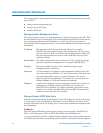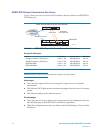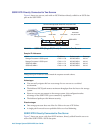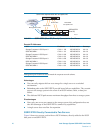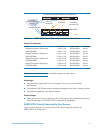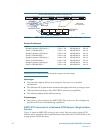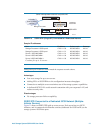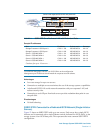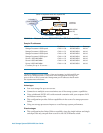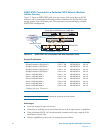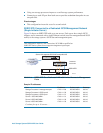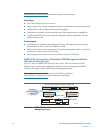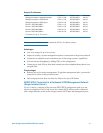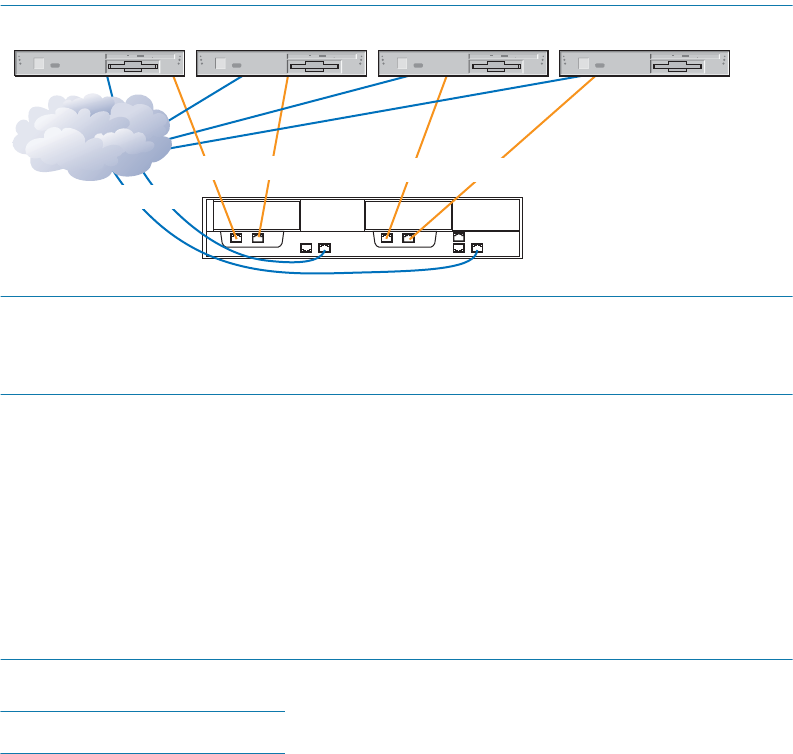
28 Intel Storage System SSR212PP User Guide
Revision 1.0
PRELIMINARY
FIGURE 9. SSR212PP2i (Dual SP) Directly Connected to Four Servers
Sample IP addresses
Port IP address Subnet mask Gateway
Storage Processor A iSCSI port 0 172.31.1.150 255.255.255.0 0.0.0.0
Server 1 iSCSI NIC/HBA 1 172.31.1.101 255.255.255.0 0.0.0.0
Storage Processor A iSCSI port 1 172.31.2.150 255.255.255.0 0.0.0.0
Server 2 iSCSI NIC/HBA 1 172.31.2.102 255.255.255.0 0.0.0.0
Storage Processor B iSCSI port 0 172.31.3.150 255.255.255.0 0.0.0.0
Server 3 iSCSI NIC/HBA 1 172.31.3.103 255.255.255.0 0.0.0.0
Storage Processor B iSCSI port 1 172.31.4.150 255.255.255.0 0.0.0.0
Server 4 iSCSI NIC/HBA 1 172.31.4.104 255.255.255.0 0.0.0.0
Management port IP addresses should match the corporate network scheme.
Advantages
You can easily migrate this low-cost storage for four servers to a switched
environment.
The dedicated iSCSI path ensures maximum throughput from host to storage system.
Takes maximum advantage of the SSR212PP2i connectivity capabilities.
The dedicated paths provide inherent security.
Disadvantages
Since there is only one path to the SSR212PP2i from each server, this configuration
provides no failover or load balancing capabilities.
SSR212PPi Connected to a Dedicated iSCSI Network (Single-Initiator
Servers)
Figure 10 shows an SSR212PPi with up to ten servers. Each server has a single iSCSI
initiator, and is connected with a single Ethernet switch (dedicated for iSCSI traffic) to the
storage system s iSCSI data ports.
Corporate,
public or private
network
EMC3315
Servers with separate iSCSI NICs and public NIC
DAS iSCSI
and public LAN
SSR212PP2i
(dual SP)
iSCSI traffic
iSCSI traffic
Management Traffic



